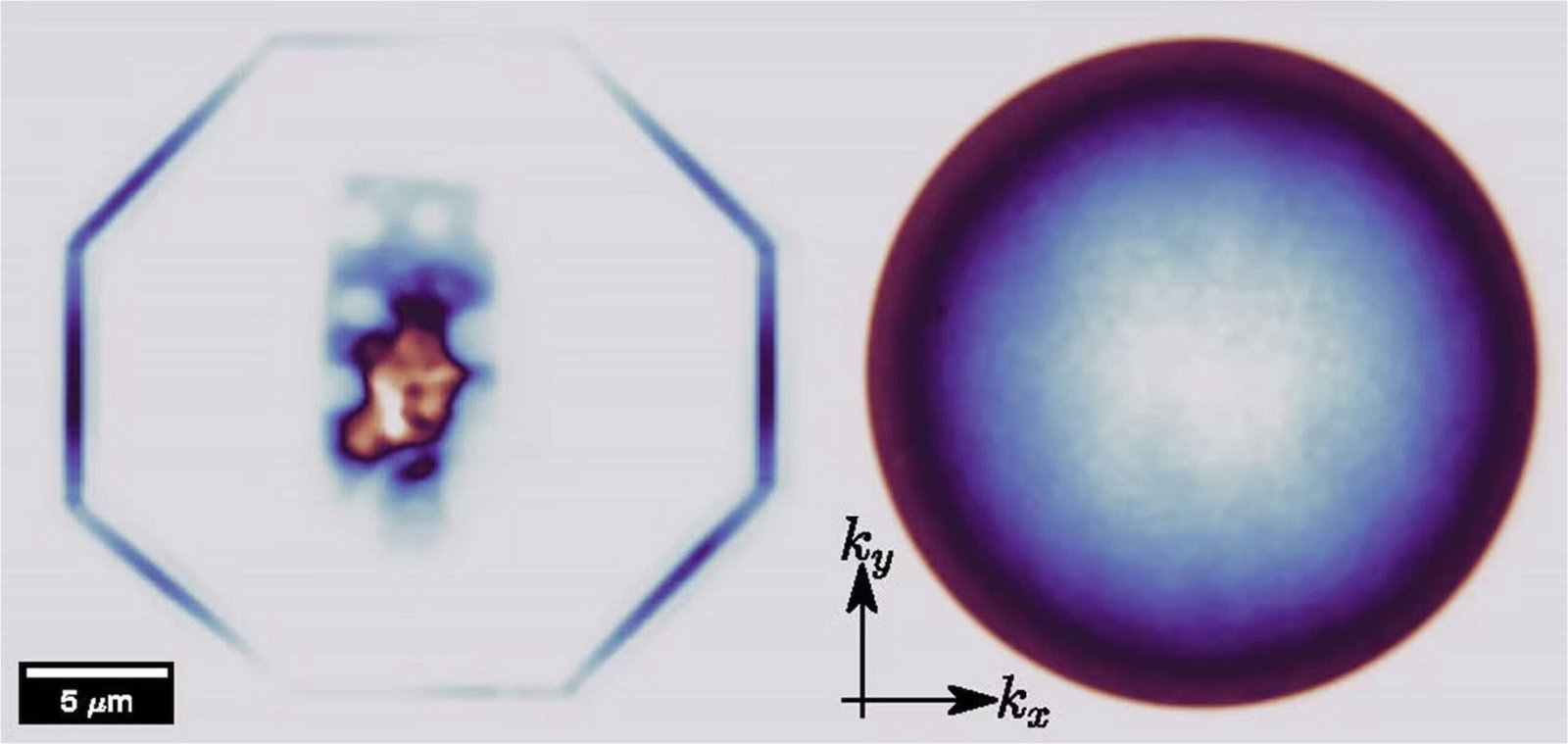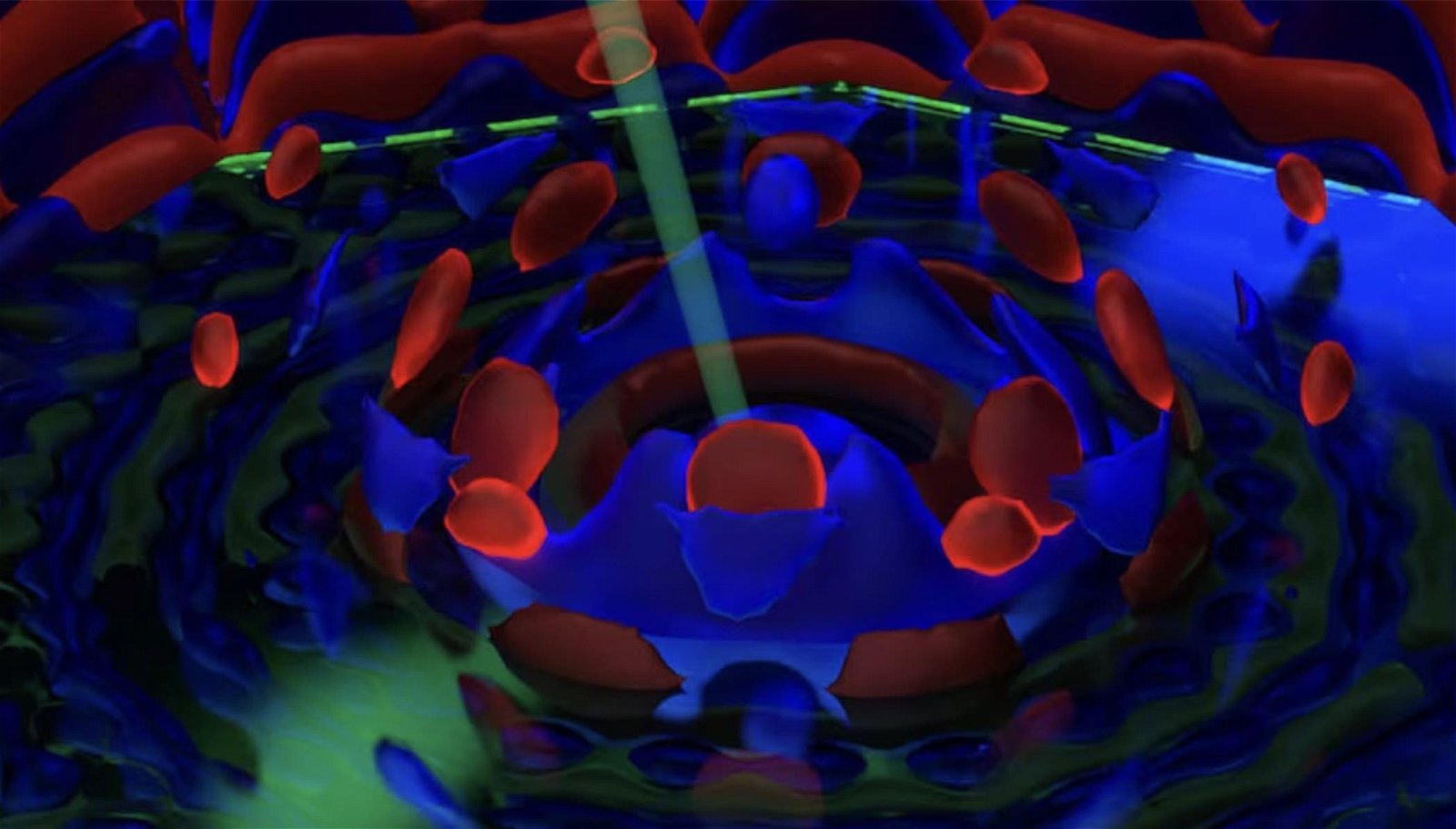A milestone discovery of waveguides based on two-dimensional materials with “exotic” properties has been achieved, according to researchers with the United States Naval Research Laboratory (NRL).
The breakthrough was achieved during studies involving hexagonal boron nitride, a two-dimensional material, by the U.S. Navy’s official corporate research lab while working with researchers from Kansas State University.
Experiments in the Realm of 2D Materials
2D materials are a unique class of substances that result from the reduction of a material to its recognized monolayer limits through processes of mechanical peeling. This results in a unique class of ultra-thin 2D materials which have a variety of applications.
The most famous 2D material is graphene, which is formed from bonded carbon atoms to create a sheet that is just one atom in thickness. Such materials can be separated into layers by exploiting what is known as the van der Waals attraction, which describes an attracting force between atoms or molecules that is dependent on distance, rather than chemical bonding.
Following successful recent experiments with graphene, researchers have engaged in experimentation with other novel 2D materials, including hexagonal boron nitride (BN), the softest and most stable of BN’s forms which has already seen applications as a lubricant in machine components, as well as in some cosmetic products.
However, of greater interest to studies at the NRL are the ways these materials can be leveraged at the nanoscale level. This makes them particularly useful for developing applications where extremely thin optical and electrical components are necessary.
Hexagonal boron nitride is a particularly special case, given that past samples examined by NRL scientists revealed its potentially useful optical qualities. However, further studies soon revealed a surprise: that the compound possessed other hidden, and extremely promising capabilities.


Specifically, when tuned to the correct thickness, the NRL researchers found that slabs of hexagonal boron nitride function “as optical waveguides, enabling direct optical coupling of light emission from encapsulated layers into waveguide modes.”
“We knew using hexagonal boron nitride would lead to outstanding optical properties in our samples,” said Samuel Lagasse, Ph.D., with NRL’s Novel Materials and Applications Division.
However, Lagasse adds that “none of us expected that it would also act [as] a waveguide.”
Directing Energy with Waveguides
Waveguides are structures that confine energy transmission to one direction, thereby effectively “guiding” the way waves can travel. From acoustic waveguides that govern the direction sound travels, to directing light with optical varieties, waveguides have several uses in a variety of technological applications.
However, when it comes to the function of 2D materials, waveguides are also a necessity, since they prevent waves from expanding into three-dimensional space, under which conditions their intensity diminishes, per the inverse square law.
“Since hBN is used so widely in 2D material–based devices, this novel usage as an optical waveguide potentially has wide-ranging impacts,” Lagasse said in a statement.
Another benefit of hexagonal boron nitride is that it can be used to screen impurities when placed near layers of other 2D materials like graphene, which are very sensitive to their surroundings.
In the new NRL research, hexagonal boron nitride was used to surround a layer of light-emitting transition metal dichalcogenides (TMDs) like tungsten diselenide, which helped facilitate its use in optical waveguide modes.
This was achieved by stacking 2D materials called van der Waals heterostructures, which allowed the slabs of hexagonal boron nitride to be tuned in thickness to perfectly trap light within it, and thereby waveguided to the edge of the material, where it eventually scatters and can be detected using a microscope.
In the NRL’s research, this was achieved with two different special kinds of optical microscopes, which allowed researchers to characterize the hexagonal boron nitride waveguides, in addition to developing 3D electromagnetic models of them that will help enable future designs using slab waveguides.
Teasing Light Out of Dark Excitons
2D TMDs are notoriously difficult to measure optically. As light from a concentrated source like a laser beam is focused on these materials, they produce particles known as excitons, the majority of which emit light out of the plane occupied by the TMD in question.
However, there is another more mysterious variety of exciton that exists in certain types of TMDs, known as dark excitons, which emit light within the plane of the TMD.
According to the new research findings, the NRL’s newly discovered slab waveguides were successful at capturing light produced by these dark excitons, allowing an innovative new method that allows researchers to study them optically.
Lagasse calls the unique properties of these 2D materials “exotic” and says they will benefit the Navy, and potentially facilitate a range of applications in other industries, although there are still some hurdles.
“A large challenge is interfacing these materials with existing platforms without damaging them,” Lagasse said in a statement.
“These boron nitride waveguides are a step towards that realization.”
The NRL and Kansas State University collaboration’s findings were recently published in the journal Advanced Materials.
Micah Hanks is the Editor-in-Chief and Co-Founder of The Debrief. He can be reached by email at micah@thedebrief.org. Follow his work at micahhanks.com and on X: @MicahHanks.

